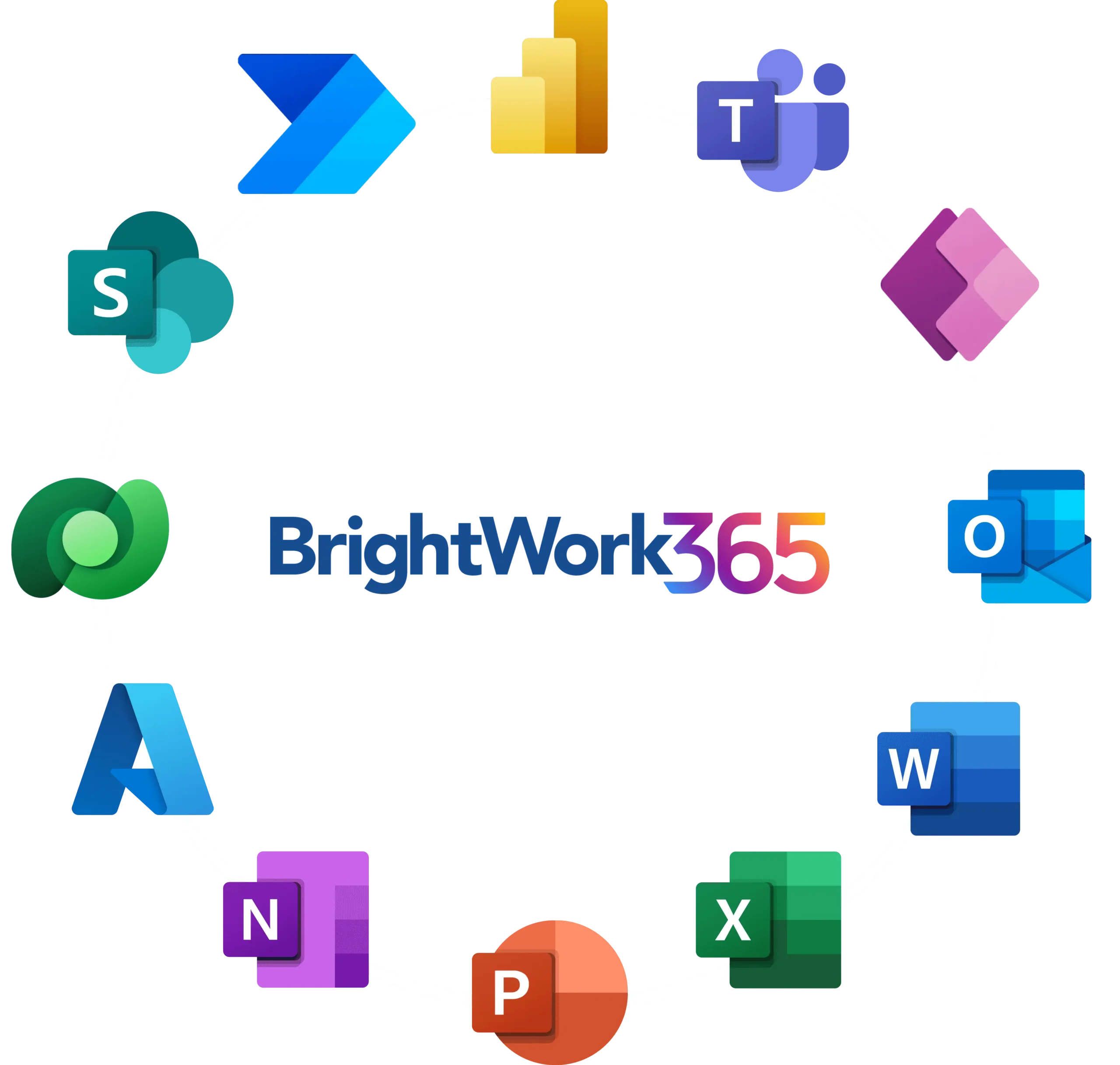What are Key Performance Indicators?
Key Performance Indicators (KPIs) are quantifiable measures organizations use to track their progress toward specific goals. They provide a clear, objective way to measure success and identify areas for improvement.
KPIs are not one-size-fits-all – they can and should be tailored to each organization’s unique needs and business goals. They can be financial, such as revenue or profit margins, or non-financial, such as customer satisfaction scores or employee turnover rates.
Regardless of the specific KPIs chosen, they should be relevant, measurable, achievable, realistic, and time-bound (SMART).
Why are KPIs Essential for Project Portfolio Management?
KPIs are essential in Project Portfolio Management (PPM) because they objectively assess individual projects’ performance over time and the whole portfolio.
They allow organizations to make informed decisions about which projects to pursue, which to postpone or cancel, and how to allocate resources most effectively. They also provide a way to communicate progress and performance to stakeholders, including employees, investors, and customers.
Without KPIs, organizations would be unable to measure their progress toward their goals (e.g. revenue growth) or identify areas for improvement.
Project-Level KPIs
Project-level KPIs measure the performance of individual projects. They can include measures such as project completion time, budget adherence, scope creep, and quality of deliverables.
These KPIs are critical for project managers, who must ensure their projects are on track and delivering the expected results.
Project-level KPIs can also help organizations identify successful projects that can be replicated or scaled and unsuccessful projects that need to be reevaluated or canceled.
They can also help identify trends and patterns that inform future project planning and execution.
Portfolio-Level KPIs
Portfolio-level KPIs measure the performance of the portfolio as a whole. They can include portfolio balance, risk/return ratio, and alignment with strategic objectives.
These KPIs are critical for portfolio managers, who must ensure that the portfolio delivers the expected results and contributes to the organization’s overall goals.
Portfolio-level KPIs can also help organizations identify successful portfolios that can be replicated or scaled and unsuccessful ones that need to be reevaluated or rebalanced. They can also help identify trends and patterns that inform future portfolio management and strategic planning.
Manage Projects with Microsoft 365, Power Platform, and Teams
Collaborate seamlessly from anywhere, with BrightWork 365 and Microsoft Teams

What are the 5 Types of KPIs in Project Portfolio Management?
Many different types of KPIs can be used in Project Portfolio Management. The specific KPIs chosen will depend on the organization’s goals, the nature of its projects and portfolios, and particular needs and challenges.
However, some common types of KPIs used in PPM include financial KPIs, process KPIs, customer KPIs, people KPIs, and risk KPIs. Each of these KPIs provides a different perspective on the organization’s performance, and together, they offer a comprehensive view of the organization’s progress toward its goals.
1. Financial KPIs
Financial KPIs measure the financial performance of projects and portfolios. They can include measures such as return on investment (ROI), net present value (NPV), and internal rate of return (IRR).
These KPIs are critical for assessing the financial viability of projects and portfolios and making informed resource allocation decisions.
Financial KPIs can also help organizations identify financially successful projects and portfolios that can be replicated or scaled and financially unsuccessful projects and portfolios that need to be reevaluated or canceled.
2. Process KPIs
Process KPIs measure the efficiency and effectiveness of project and portfolio processes. They can include measures such as process cycle time, process cost, and process quality.
These KPIs are critical for assessing the efficiency and effectiveness of project and portfolio management processes and identifying areas for improvement.
Process KPIs can also help organizations identify efficient and effective processes that can be replicated or scaled, as well as inefficient or ineffective processes that need to be reevaluated or improved.
3. Customer KPIs
Customer KPIs measure the impact of projects and portfolios on customers. They can include measures such as customer satisfaction, customer retention, and customer lifetime value.’
These KPIs are critical for assessing projects and portfolios’ impact on customers and making informed decisions about customer-focused initiatives.
4. People KPIs
People KPIs measure the impact of projects and portfolios on employees. They can include measures such as employee satisfaction, turnover, and productivity.
These KPIs are critical for assessing projects and portfolios’ impact on employees and making informed decisions about employee-focused initiatives. People KPIs can also help organizations identify projects and portfolios that deliver value to employees and those that do not.
5. Risk KPIs
Risk KPIs measure the risk associated with projects and portfolios. They can include measures such as risk exposure, risk impact, and risk likelihood. These KPIs are critical for assessing the risk associated with projects and portfolios and making informed risk management decisions.
Risk KPIs can also help organizations identify high-risk projects and portfolios that must be managed carefully and low-risk projects and portfolios that can be pursued more aggressively.
How to Choose the Right KPIs for Project Portfolio Management
Choosing the right KPIs for Project Portfolio Management is a critical task that requires careful consideration. The specific KPIs chosen should align with the organization’s goals, reflect the nature of its projects and portfolios, and address its particular needs and challenges.
Several factors must be considered when choosing KPIs for PPM. These include relevance to the organization’s goals, measurability, achievability, realism, and time-bound nature. These factors are often referred to as the SMART criteria.
Relevance
KPIs must align with organizational goals, reflecting the values and outcomes the organization seeks. For example, they embody what is significant for project performance and strategic goals, such as customer satisfaction and retention for customer-focused objectives or process cycle time and quality for software development projects.
Measurability
Effective KPIs are quantifiable, allowing organizations to collect data consistently to gauge performance, such as return on investment (ROI) and net present value (NPV). Consistent measurement over time enables tracking progress toward organizational goals and identifying actionable insights.
Achievability
Chosen KPIs should be within the organization’s capacity to influence, ensuring they are both challenging and attainable. Metrics like process cycle time and process cost highlight the importance of realistic process management goals that drive continuous improvement while remaining feasible.
Realism
KPIs need to reflect the actual state of the organization, considering resources and limitations. Risk metrics like risk exposure and impact offer a grounded perspective on project and portfolio management challenges, promoting a balanced approach to goal setting and performance evaluation.
Time-Bound
Setting KPIs with specific time frames ensures that they are focused on delivering outcomes within a designated period, facilitating regular assessment and necessary adjustments to strategies. This temporal aspect is crucial for financial metrics and project and portfolio timelines.
How to Implement KPIs in Project Portfolio Management
Once the right KPIs have been chosen, the next step is implementing them in the organization’s project portfolio management processes. This involves defining the KPIs, collecting the necessary data to measure them, analyzing the data to assess performance, and communicating the results to stakeholders.
Implementing KPIs in PPM is not a one-time task but an ongoing process that requires continuous monitoring and adjustment. The organization should regularly review its KPIs to ensure they remain relevant and effective and make necessary adjustments as its goals, projects, and portfolios evolve.
- Defining KPIs: The initial step towards leveraging KPIs in PPM involves meticulously defining them. This entailed clearly articulating what each KPI measures, its calculation methodology, and target benchmarks.
- Collecting Data: After the KPI is defined, the focus shifts to data collection, identifying sources, and establishing robust processes to ensure the data’s quality and accuracy.
- Analyzing Data: Analyzing the collected data is crucial for evaluating project and portfolio performance. It requires meticulous calculation of KPIs and comparison against set targets or baselines.
- Communicating Results: The culmination of KPI implementation is in communicating outcomes to stakeholders, articulating performance assessments, and proposing actionable insights.
Steering Success
In conclusion, Key Performance Indicators are critical tools for managing projects and portfolios effectively. They provide a clear, objective way to measure performance, make informed decisions, and communicate progress to stakeholders.
Choosing the right KPIs and implementing them effectively can significantly enhance the success of Project Portfolio Management. However, KPIs are not a silver bullet. They are neither a substitute for good management practices nor a guarantee of success.
They are tools that support good management practices and contribute to success. As with any tool, their effectiveness depends on how well they are used and the skill and judgment of the people using them.
Manage Projects with Microsoft 365, Power Platform, and Teams
Collaborate seamlessly from anywhere, with BrightWork 365 and Microsoft Teams.
